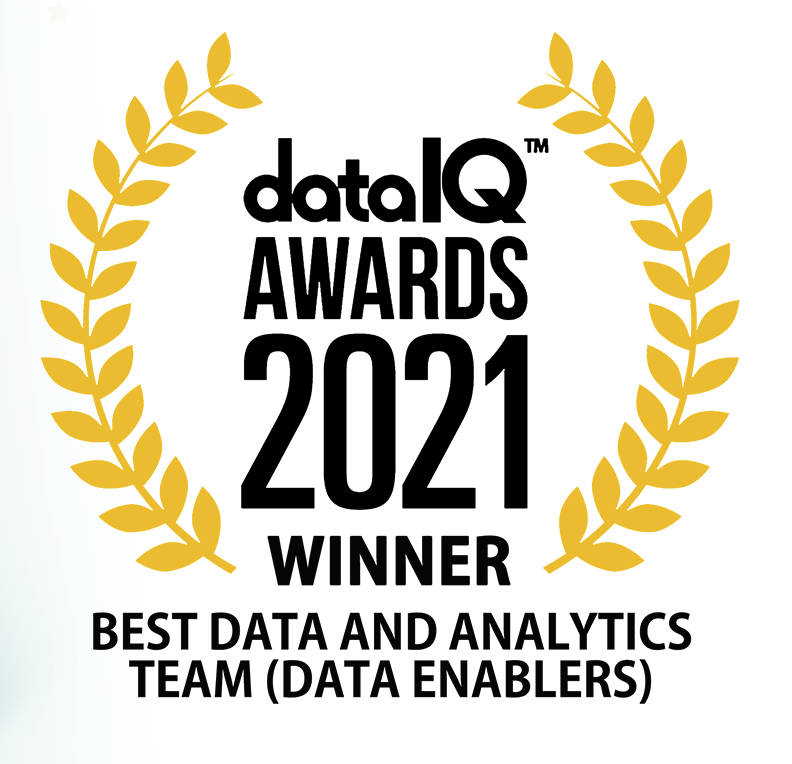In a nutshell
When energy prices soared in 2022, PureGym needed an urgent solution to manage its costs. We worked quickly to start reducing energy consumption across its 500+ gyms in the UK and Denmark, combining complex data analytics with a laser focus on delivery at pace and teamwork to avoid this cliff-edge and launch a new energy operating model – all without affecting the customer experience. Quotes from Ben Lonsdale, Group Strategic Sustainability and Risk Director at PureGym.
Many businesses were dealt a severe blow by the energy crisis of 2022, with spiking gas and electricity costs causing intense financial strain. In the face of this challenging situation, the temptation was to make potentially unpopular cost-cutting changes (e.g. to building environments, services or opening hours) or, worse, hiking prices for cash-strapped consumers.
Recognising the need for a more targeted approach, the UK’s largest private gym operator, PureGym, partnered with Newton. Together, we sought to take a data-driven approach to rapidly identify, develop and rollout a set of solutions that worked well for both colleagues and members. In other words, we targeted a “return on energy” – putting every aspect of energy consumption on the table and challenging ourselves to optimise usage to the areas that were really driving value for customers.
Also important was working with PureGym’s teams to embed this new approach for the long-term – enabling it to achieve its environmental sustainability objectives by reducing emissions, protect itself from future energy market volatility and continue to deliver better value for customers.
Spotting the biggest opportunities, at pace
Speed was of the essence, but strategic, data-led thinking was key to ensuring every change we made balanced investment levels with the energy saving and customer impact.
Our research to identify these strategic sweet spots went beyond considering broad trends such as weather, month, day of the week and time of day – all of which have long been known to impact activity levels in gyms and therefore energy consumption. Instead, we challenged conventional industry assumptions about how gyms function and their energy use by generating far more detailed data than usually available.
We got on site quickly, setting up our market leading IoT technology, EnergyVision, in a series of laboratory sites with trials extending across a wider set of 200 validation gyms. This rapidly generated the data and insights needed to develop savings opportunities across the most energy intense areas such as lighting, air conditioning, ventilation and hot water, as well as identifying the most and least efficient equipment.
Our analysis revealed unexpected energy drains, such as treadmills and TVs, and proved how a simple switch to an unknown eco-mode could be game-changing. Faulty equipment consumed excess energy even though appearing to operate normally, while vending machines were discovered to perform well with reduced cooling (warmer padlocks sold just as well!), contrary to their initial setup requirements.
Seeing results and pushing harder
We trialled these data-backed hypotheses within gyms and with gym managers. Carefully monitoring energy savings and balancing this against customer feedback, we finetuned our ideas and identified fresh opportunities for adaptation.
Small, swift and often inexpensive modifications made a substantial impact. A ‘skills and behaviours’ programme drove a significant 10% decrease in energy consumption across the estate through finer control of air temperature by gym managers. Reducing light intensity produced a 3% reduction in total electricity, while adjustments to hot water and vending machine temperatures each led to a 2% drop in energy consumption.
All in all, our collaborative efforts resulted in PureGym decreasing its energy use by an impressive 20% in just over six months with a plan to hit 30-35% within the year, amounting to annual savings of £5.5 million. PureGym is on track to save over 6 kilotonnes of carbon, equivalent to the annual footprint of nearly 1,200 UK adults and a major pillar in its ESG strategy.
Building long-term health
With one eye always on the future, we brought everything together in a new, data-led energy operating model, designed to sustain the momentum generated by our partnership and ensure emissions remain a prominent topic in the boardroom.
- Embrace a data-driven approach, but don’t become paralysed by analysis. Metering data at site- and circuit-level is incredibly powerful, but to unlock the benefit they must be combined with an appetite to take risks, move beyond the screen and validate opportunities through real-world trials.
- Customers are key, so monitor how they respond to changes and adjust accordingly. Before reaching for “red button” disruptive changes, challenge whether you can go further to identify steps that don’t significantly alter the customer experience and preserve what really matters to them. Commit to genuinely challenging all aspects of operations and you’ll be surprised by the cumulative impact.
Maximising energy efficiency to maintain profitability and advance sustainability is an ongoing challenge, but these results show that with the right approach, real, rapid improvement is possible.




